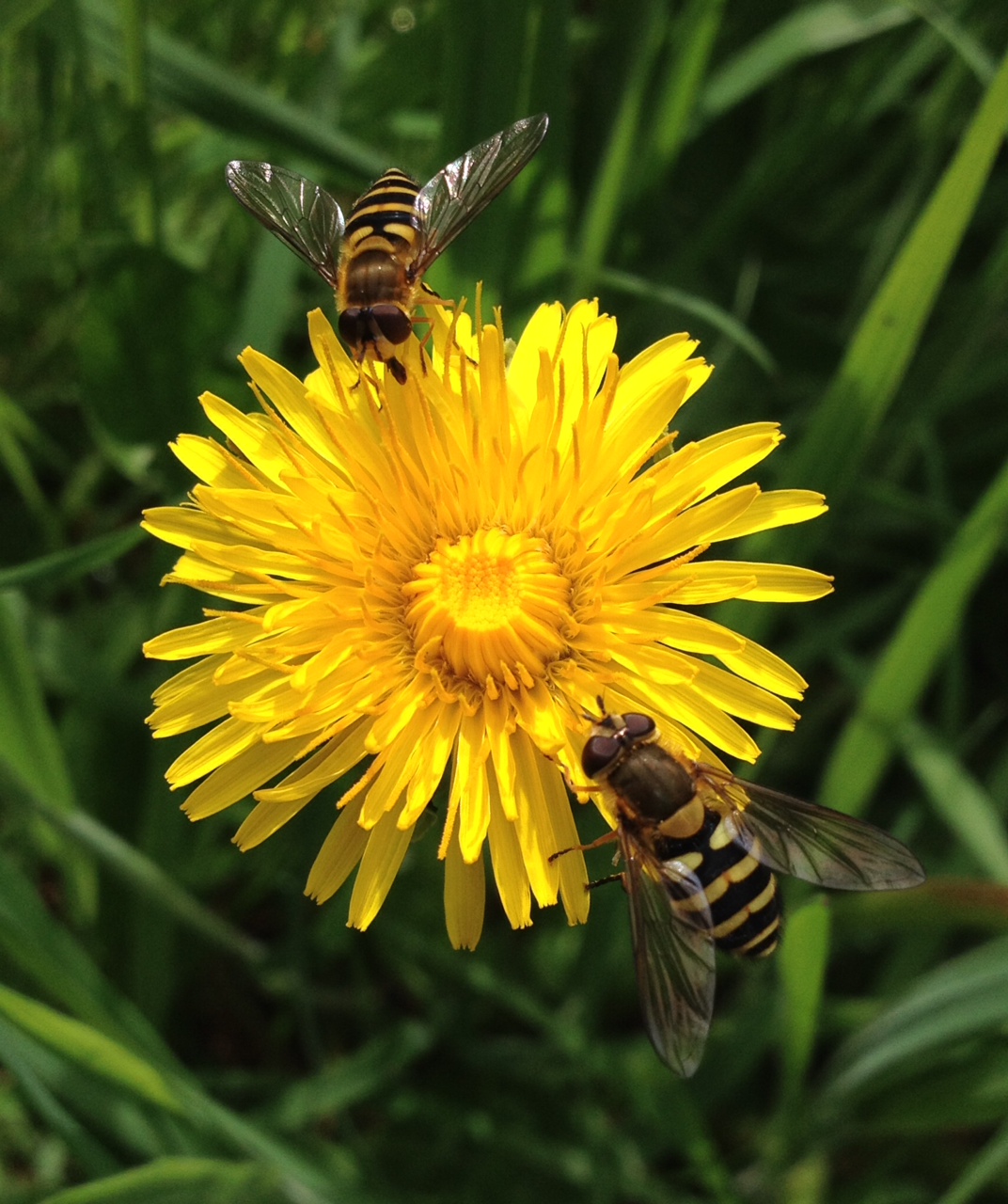In Northern Ireland, butterflies, moths, hoverflies, some beetles, flies, wasps but most importantly bees are our pollinators. In Ireland we have one honeybee, 20 bumblebees and 77 solitary bee species. They visit flowers, collecting pollen on their bodies and transferring it to help plants fruit and reproduce. One in three bites of food we eat is pollinated by insects. Honeybees pollinate between 5-15% of the UK’s insect pollinated crops, with wild bees pollinating between 85-95% of the UK’s insect pollinated crops. Over £690 million worth of crops in the UK are pollinated each year. This free service is estimated to be worth £1.8 billion each year, pollination of the apple production in Northern Ireland alone is valued at over £7 million. The economic contribution of pollination by wild bees has been assessed as around £1,800 per hectare. In addition to pollinating our crops, over 78% of wild and garden flowers benefit from insect pollination.

But pollinators are in trouble. Changes to how we manage our land and farming practices are resulting in habitat destruction. This in addition to an increase in use of pesticides and herbicides along with climate change and diseases has caused declines in pollinators. Half of Ireland’s bee species have declined since 1980, 30% of bee species are considered threatened with extinction. Over the past 50 years, half the bee, butterfly and moth species studied in the 2013 State of Nature Report have declined.

All-Ireland Pollinator Plan
In response this decline of these valuable insects, a group of partners from all over Ireland, came together to develop a strategy to prevent further loss. The All-Ireland Pollinator Plan identifies 81 actions which help provide habitat and nectar rich food for pollinators. It advises how to create shelter and nesting areas and works to reduce the use of harmful pesticides and chemicals. The All-Ireland Pollinator Plan is about all of us, from farmers to local authorities, to schools, gardeners and businesses, coming together to try and create a place where pollinators can survive and thrive.
More information about the All-Ireland Pollinator Plan can be found here… www.pollinators.ie

Monitoring Pollinators
To understand more about population numbers, trends, threats and effects of planned actions, we need to collect information on pollinators. This can be done in a variety of ways, and we all can help.
- Submit casual pollinator sightings to the Centre for Environmental Data and Recording (CEDaR) – www2.habitas.org.uk/records
- Volunteer with Butterfly Conservation NI and take park in a recording scheme such as the UK Butterfly Monitoring Scheme – butterfly-conservation.org
Carry out a Flower-Insect Timed Count in your garden or on your property. See the short information video below to find out how. Further information can be found at www.pollinators.ie
